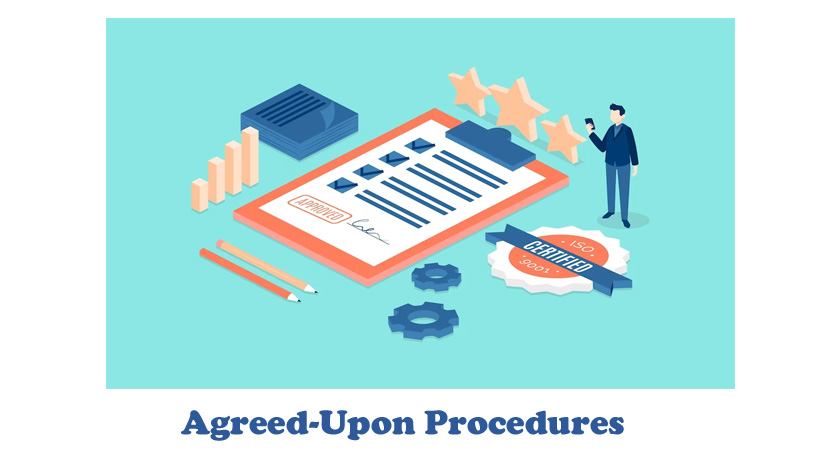Agreed-upon procedures will help any organization to improve its process and identify the areas of risk or issues that will eventually provide stakeholders with confidence with the help of irrelevant and accurate report data. It will also help an organization to compile all the requirements, provide valuable risk management ideas, and evaluate internal controls and assurance tools.
- Agreed-upon procedures are used for particular purposes, for example, addressing a specific issue or risk.
- AUP requires less extensive audits and can focus on specific processes or data.
- Agreed-upon procedures are an agreement between the client and auditor necessary to meet the client’s specific needs.
- It helps create a report describing the procedures performed and the results obtained. Still, it does not give any assurance about the overall financial statement or other information.
Checklist of Agreed-Upon Procedures in our Business Organization:
- It will review the contracts, legal documents, and other agreements.
- Agreed-upon procedures confirm the completeness and accuracy of inventory and other assets.
- It also verifies the completeness of related records, such as tax filing.
- Agreed-upon procedures will confirm the work done on users contracts and payments.
- It keeps the regulations, particular laws, and other legal documents in check.
Scopes
The upon procedure is considered similar to an audit for a few reasons. Since it can only be used to identify problems that require immediate action. When you perform the AUP procedure, Your Certified public accountant does not give any opinion and acts as a fact Finder.
Then, later, the responsibility is drawn to the user to get conclusions based on the given findings. AUP engagement will target specific financial data such as related party transactions or accounts payable. Apart from this, it also provides non-financial information such as compliance with agreements and internal controls review and also complete set of financial data.

